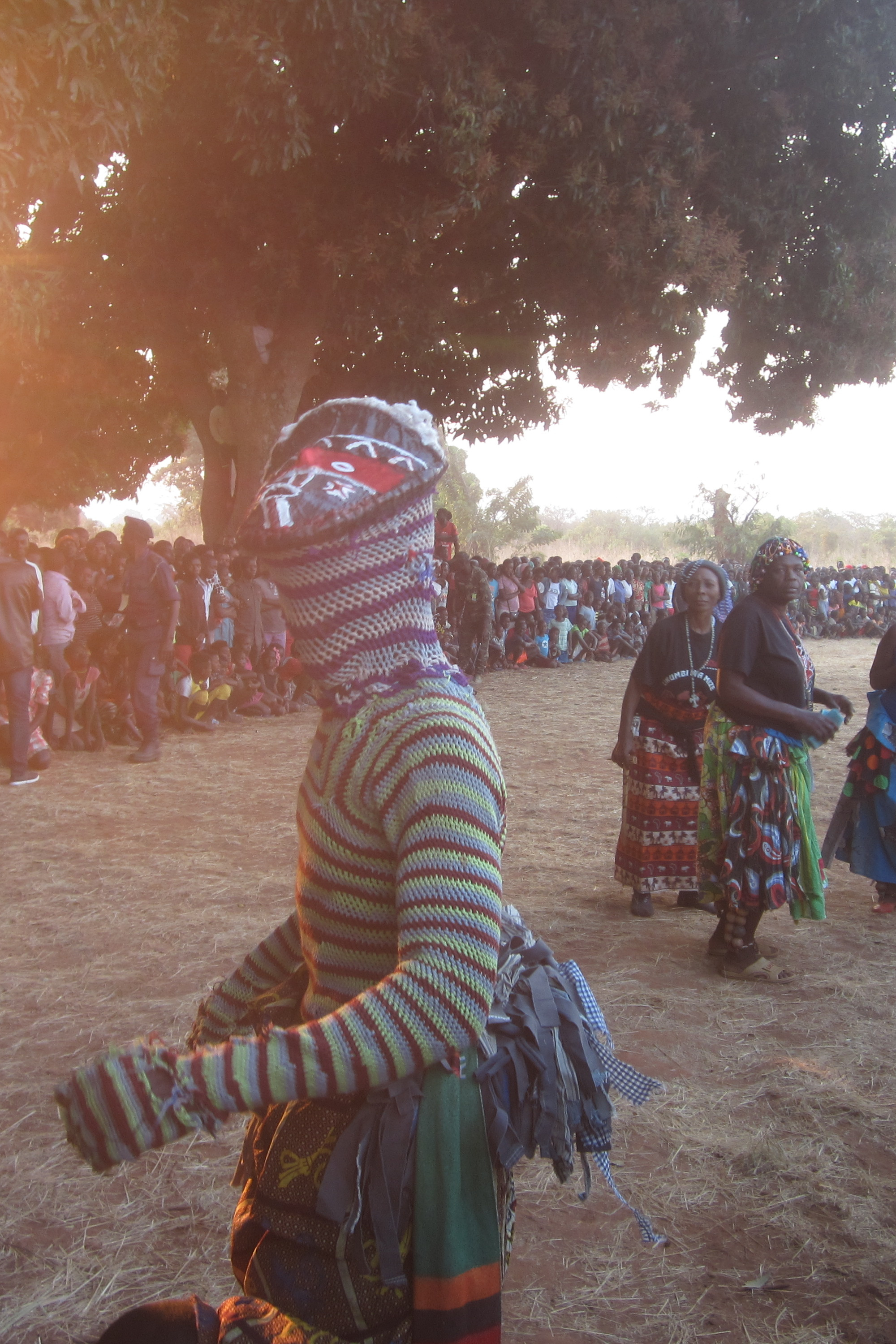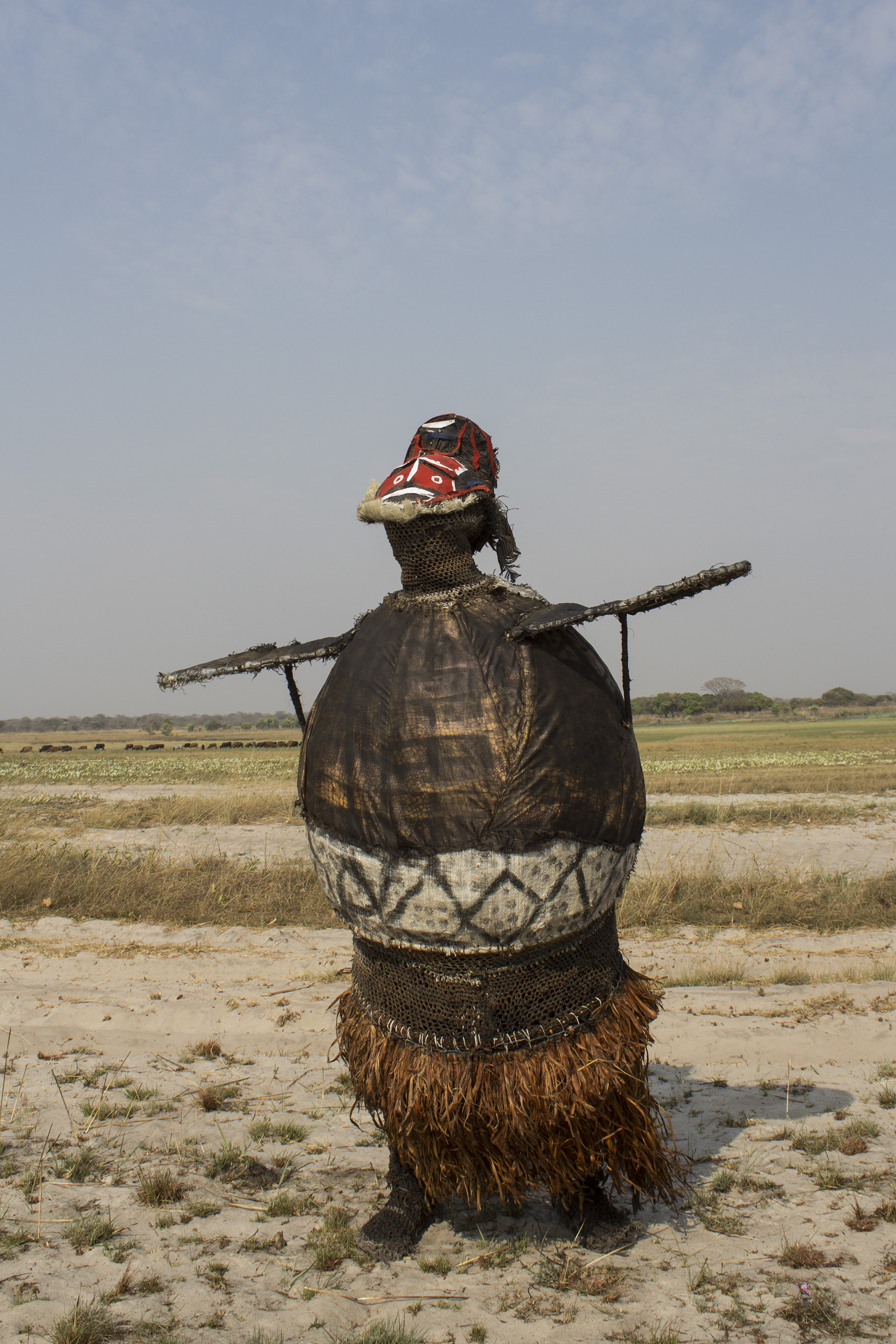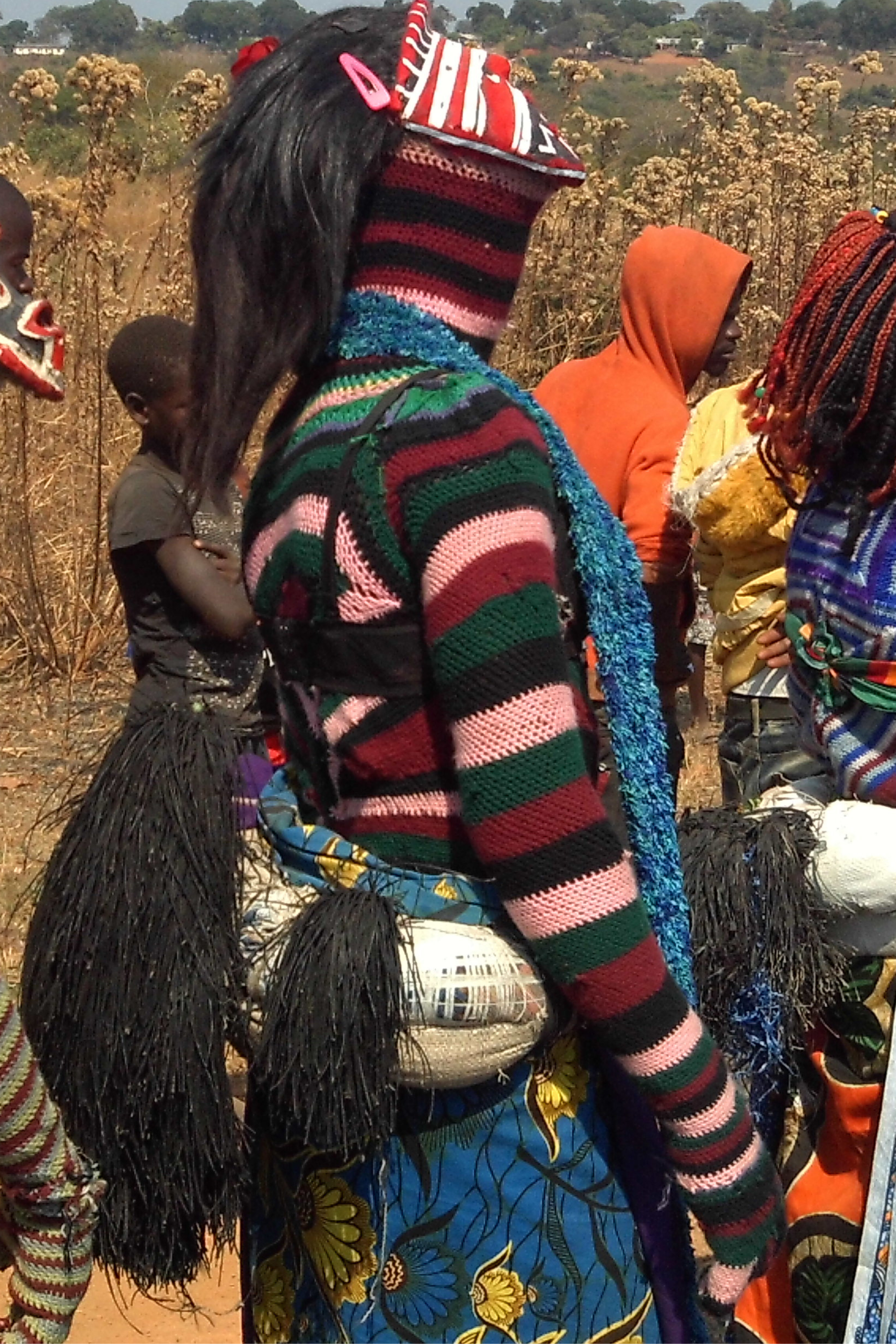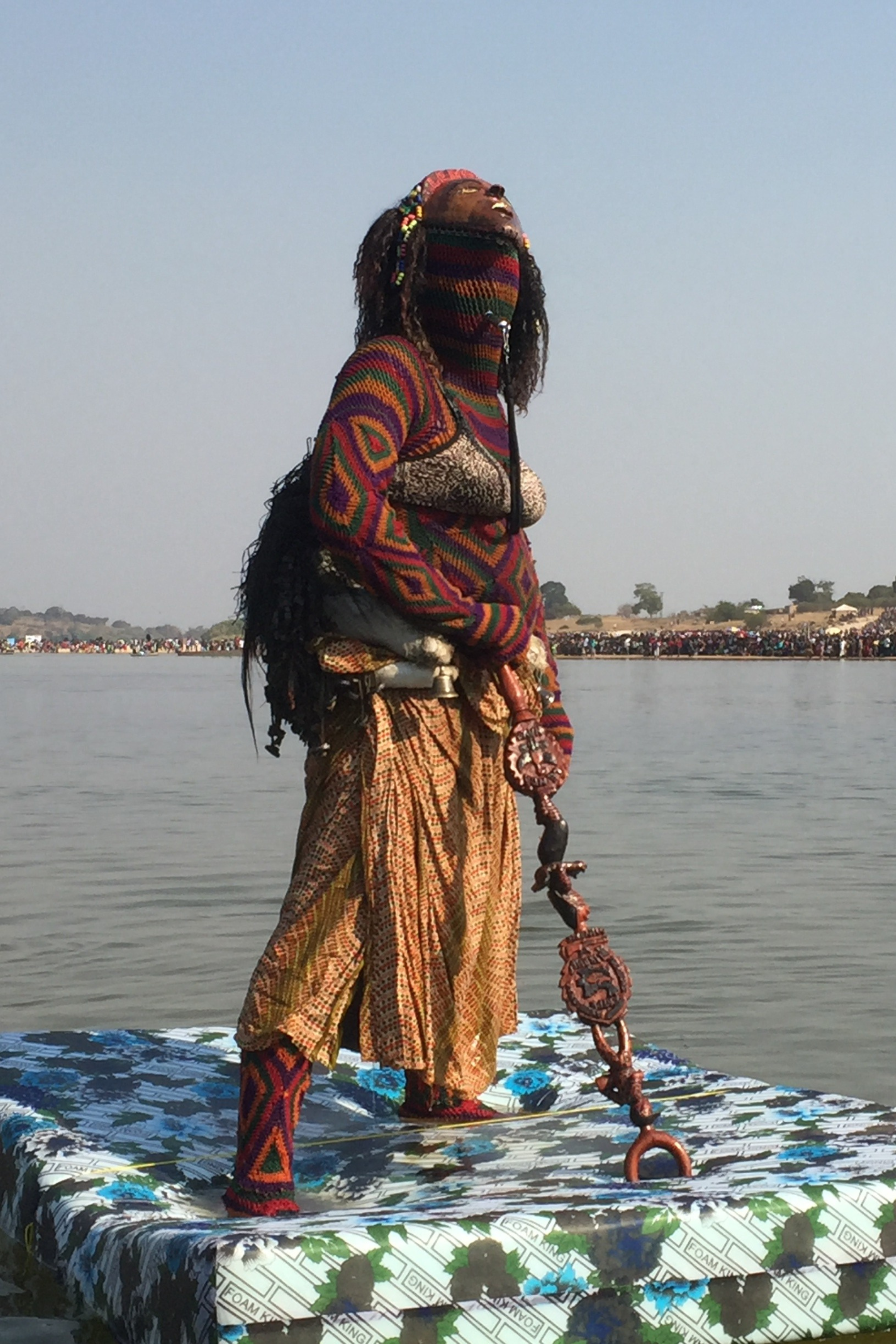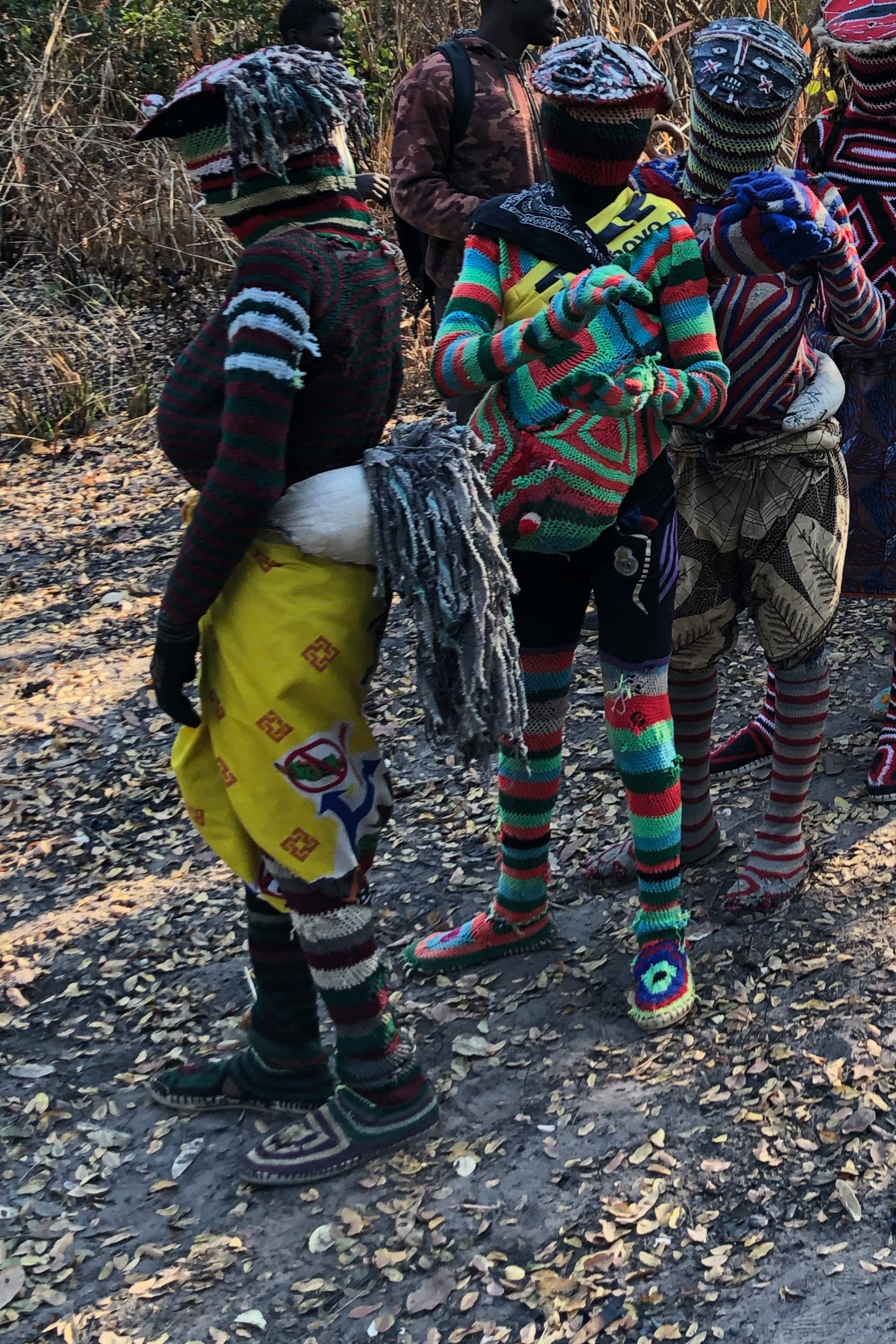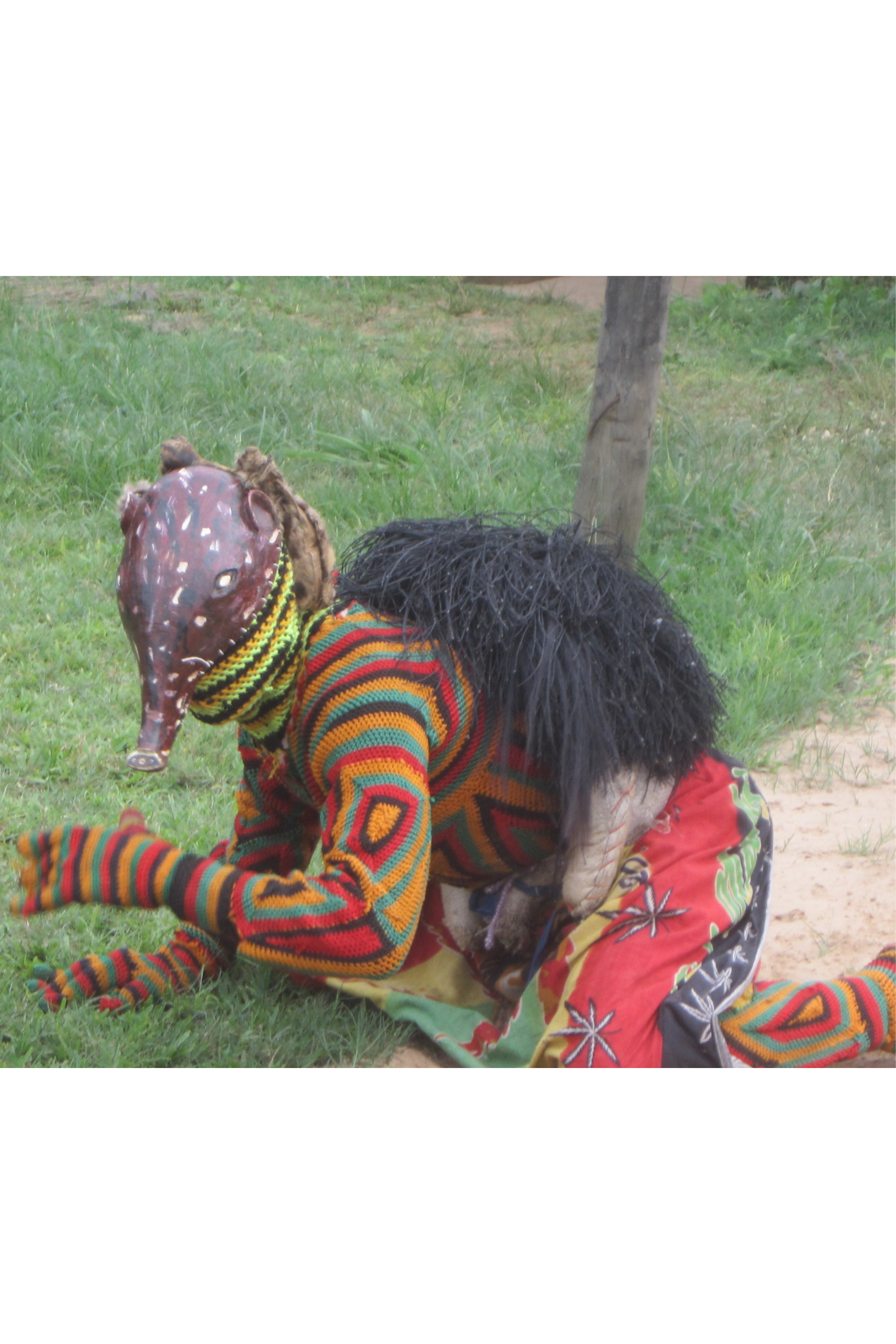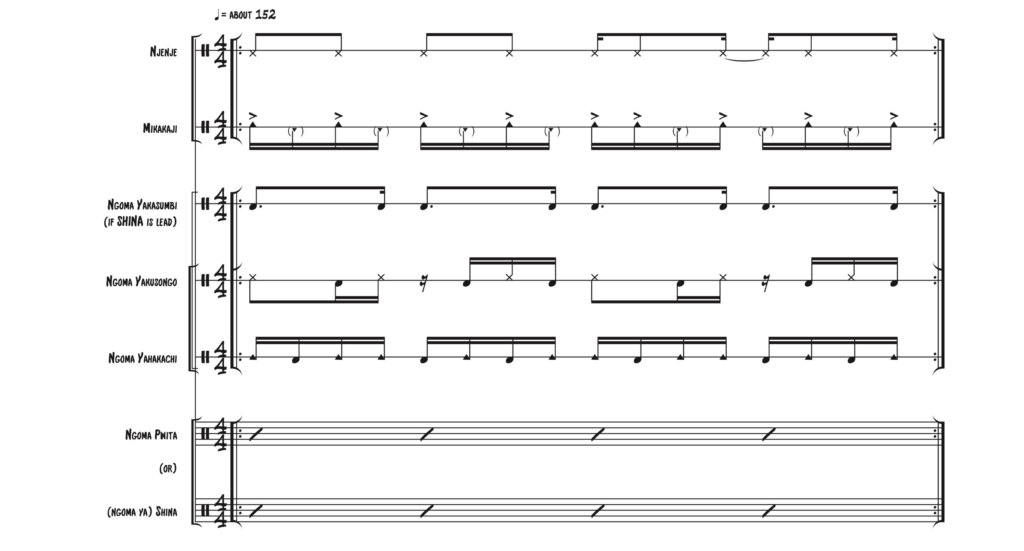Chiyanda
Alternate Spellings: Chianda, Tchiyanda, Tchianda, Ciyanda, Cianda
Lenga Navo featuring Mwana Pwevo performing Chiyanda on July 11, 2022 in Zambezi, Zambia;
for higher quality audio, check upcoming ILAM PROJECT; for higher quality video, download from “Videos of Luvale (and Related) Sonic Culture” link
Origin: Chokwe & Luvale
Though Chiyanda is primarily of Chokwe and Luvale origin, it is also widespread among Luchazi and Mbunda communities. Akin to Machakili, this dance is historically associated with the female puberty ritual known as litungu or wali (Penoni 2018, 233; Wele 1993, 27).1 The vamyali (girl initiates) learn the dance during the seclusion phase of the ritual. They usually perform Chiyanda during the graduation phase when initiates are returned and presented to the village. It is one of the primary dances to publicly showcase the readiness of vamyali to reintegrate into society, now as adult women.
Since the dance is tied to young girls, it naturally follows that the makishi who dance Chiyanda are the spirits who represent girls (such as Mwana Pwevo or Chiwigi) or playfully interact with women. Many of these spirits can emerge from the grave at any moment – no longer tied to ritual or ceremonial activities. Hence Chiyanda is one of two primary dances (the other being Mwokolo) commonly performed in bars and nightclubs with the goal of earning money for a drum and dance troupe. These troupes are usually fronted by Mwana Pwevo (earning her the unofficial title of “the professional likishi”) and often feature backup male and female human dancers. Any of these dancers may pull audience members in to dance with them. As a result of these flexible performance settings, Chiyanda has become one of the most common items of dance music repertoire in this shared cultural region. Though it is traditionally tied to female initiates, it is now performed by humans of all genders and spirits alike.
Again akin to Mwokolo, Chiyanda’s dance is characterized by a variety of waist-isolating moves. When makishi dance Chiyanda, they often try to execute these moves in a way that embodies youthful femininity. Makishi and vamyali almost always wear viwamba (dancing waist belts) and jisangu (leg rattles) when performing this dance. Many will sport a lihina (a skirt of chitenge traditional fabric). Other humans may wear a chitenge folded into a large belt when dancing Chiyanda. Due to its frequent employment in professional music settings, Chiyanda drumming has reached a virtuosic level. It is one of the faster styles from the region, often features skillfully improvised breaks from supporting drummers, and showcases lead drum prowess. Many singers choose to compose new songs in this genre.
Makishi who dance Chiyanda
Not pictured: Chikwekwe, Kapyasa, Samasengo
Instrumentation
When performed for makishi:
- Lead drum: ngoma pwita
- Supporting drums: ngoma yahakachi, ngoma yakusongo
- Timeline: mikakaji, njenje (frequently)
When performed for humans:
- Lead drum: ngoma ya shina
- Supporting drums: ngoma yahakachi, ngoma yakusongo, ngoma yakasumbi (usually)
- Timeline: mikakaji, njenje (sometimes)
Chiyanda Interactive Mixer
Recorded by Chota in Kabwata Village in Lusaka, Zambia on February 15, 2022.
works best in Chrome & Firefox; allow each track to start loading before playing, refresh if necessary
| njenje | performed by Andrew Wakumelo | |
| mikakaji | performed by Musoka Kafweba | |
| ngoma yakusongo | performed by Chinyama Kelvin Tokha | |
| ngoma yahakachi | performed by William Vunda | |
| ngoma pwita | performed by Chinyama Kelvin Tokha |
Alternate Supporting Drum Parts
Alternate Timeline Parts
- Penoni, Isabel. 2018. “Cilende: The Mask Dance at the Luvale Culture Festival (Angola).” Gesto, Imagem e Som 3 (1): 218–57.
- Wele, Patrick. 1993. Likumbi Lya Mize and Other Luvale Traditional Ceremonies. Lusaka: Zambia Educational Publishing House.

